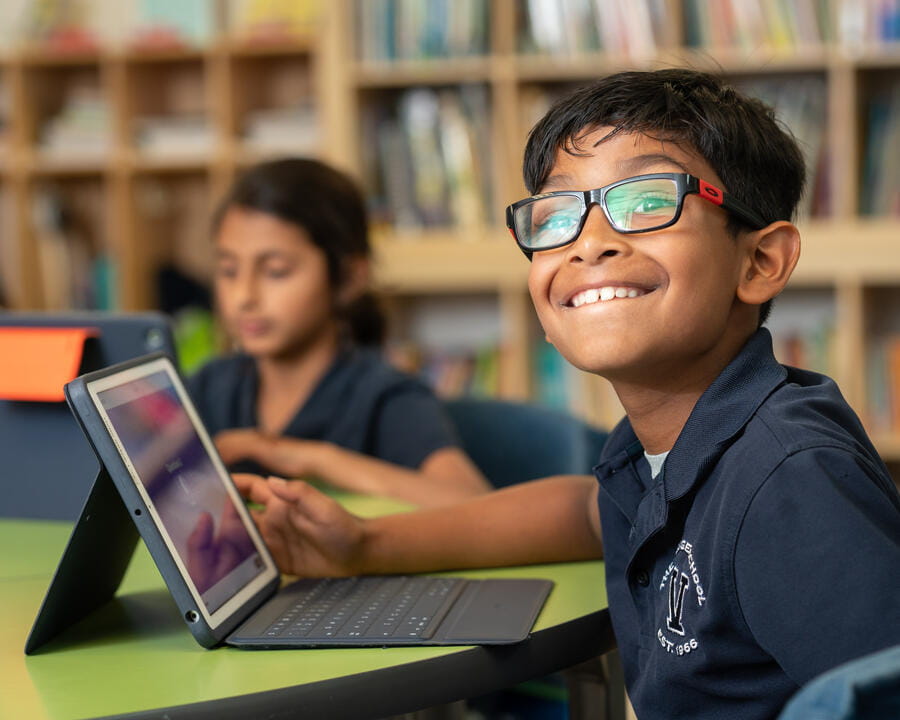We use cookies to improve your online experiences. To learn more and choose your cookies options, please refer to our cookie policy.

The verdict is still out regarding how much screen time is safe for our kids. Often you may leave even more confused depending on who you talk to. WHO (World Health Organization) is recommending children under age 5 spend one hour or less on digital devices and those under age 1 spend no time at all on a daily basis. Digital Citizenship Week is right around the corner in October, so no better time than now to well verse yourself in ways to create a positive culture around how we use media and technology in this ever-evolving digital world.
JAMA (Journal of the American Medical Association) Pediatrics recently analyzed data obtained from a study in Japan dated between 2013 through 2017. Does screen time exposure at age 1 lead to developmental delays by age 2 and 4? The over 7,000 mother-child pair subjects first rated daily exposure categories of: less than one hour, one to less than two hours, two to less than four hours, and four or more hours a day. Next, the subjects completed the Ages & Stages Questionnaire, 3rd Edition (ASQ-3) to assess developmental delays divided by five domains: 1) communication, 2) gross motor, 3) fine motor, 4) problem-solving, and 5) social skills. Findings suggest that two main domains are consistently affected by elevated screen time exposure: communication and problem-solving.
The findings spark important discussions about the implications of early screen engagement on vital developmental skills. The pandemic thrust us into a digitally driven lifestyle, where devices shifted from occasional treats to essential tools. As we navigate this new normal, reclaiming control over our increasingly digitalized world becomes crucial. But how can we strike a balance that prioritizes technology's advantages while nurturing genuine connections and skill development?
Here are some helpful tips and ideas to keep in mind while navigating exposure and usage within the home setting:
The idea is not to completely take away access to technology, but to better equip your child with the knowledge and understanding of safety and purpose.
At The Village School, we are also dedicated to striking this balance. We recognize the importance of technology in modern education while emphasizing responsible usage. In line with this approach, we've recently updated our cell phone policy to ensure a conducive and enriching learning experience for our students.
Here are a few highlights of The Village School updated cell phone policy:
Since instituting this updated policy, The Village School staff and students have fully embraced the benefits and we’ve noticed a positive energy throughout the entire campus. It is so refreshing to witness appropriate face-to-face social skills behavior being practiced amongst one another! Individuals are more engaged, present, and focused. At The Village School, we pride ourselves in our differentiated instruction while keeping an emphasis on the importance of human connection.
In our ever-evolving digital realm, your child's growth is our shared journey, fueled by meaningful connections and purposeful technology use.
See the author's interview about the subject on KPRC2 News.
Dana Sheridan, M.A., LPC, is a lower school counselor at The Village School, a pre-kindergarten through 12th-grade private day and boarding school located in the Energy Corridor.